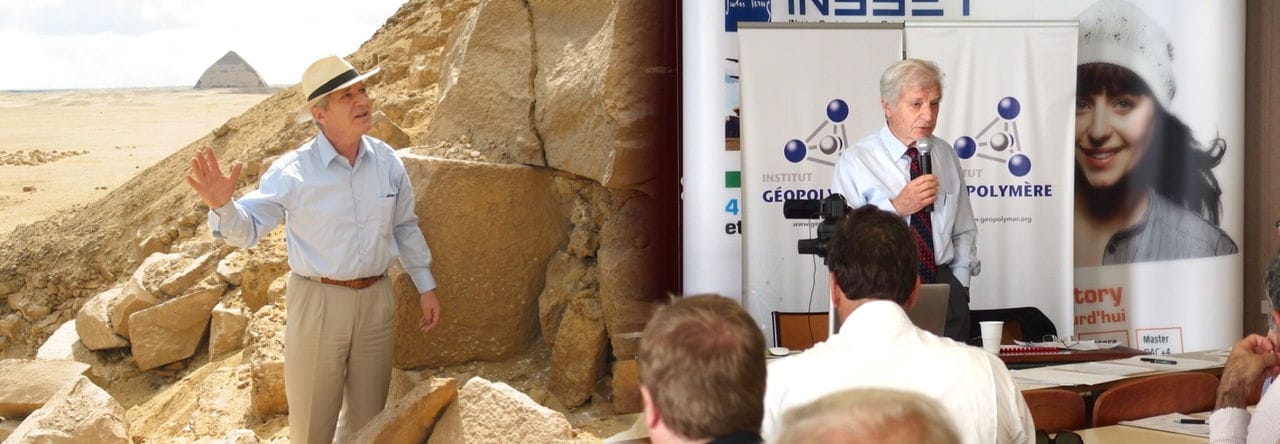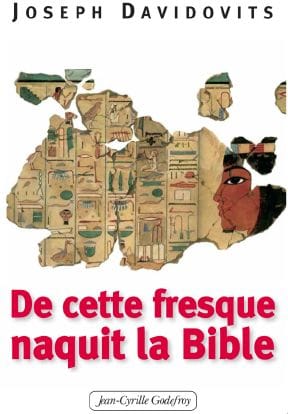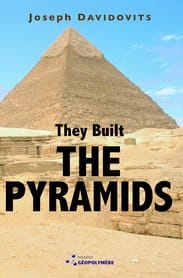Update on November 29, 2015
Thousands of books sold since 2008 all over the world. Half are sold to libraries and public laboratories, and half to the industry. I am proud to release the new 4th edition. The book is now a “must have” and a “must read” to anybody who wants to enter into this science.
Update on October 24, 2009
More than 400 laboratories, worldwide, purchased the book so far. It has been coined “The Geopolymer Science Bible”. We plane to discuss the opportunity of implementing the 3rd Edition, during the next GEOPOLYMER CAMP scheduled for July 5-6, …
Read more / Lire la suite
 In English
In English En Français
En Français





 In this book, Professor Joseph Davidovits explains the intriguing theory that made him famous. He shows …
In this book, Professor Joseph Davidovits explains the intriguing theory that made him famous. He shows … 